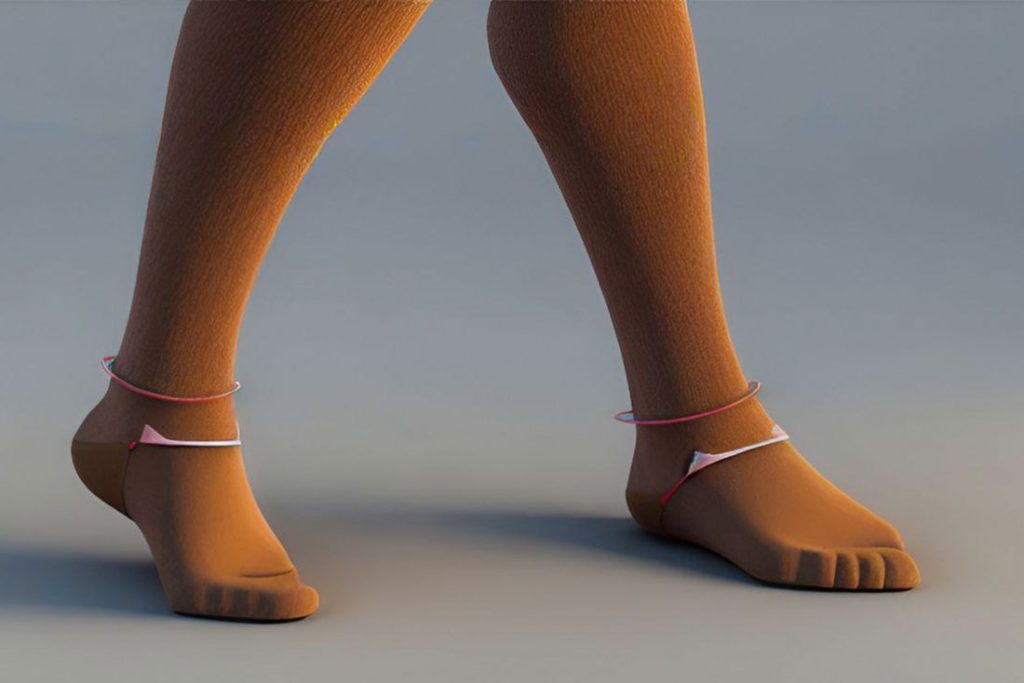An In-Depth Look at the Anatomy of the Ankle and Foot in Cosmetology
In the realm of cosmetology, the significance of understanding the intricate anatomy of the human body, particularly the ankle and foot, cannot be overstated. With 26 bones in the foot alone, each with a unique role, cosmetologists must comprehend this complex structure to provide efficient, safe, and beneficial services. Knowledge of this anatomy aids in performing treatments such as foot massages, pedicures, and body wraps, while also ensuring a safe and comfortable experience for the client.

Ankle and Foot
The Anatomy of the Ankle and Foot
The ankle and foot are marvels of natural engineering, composed of a complex interplay of bones that allows for the support, balance, and movement necessary for walking and running. Understanding these structures is vital for cosmetologists working on these areas.
- The Ankle: The ankle joint, responsible for the foot’s up-and-down movement, is composed of three bones: the tibia, fibula, and talus. The tibia and fibula are the lower leg bones, while the talus is the ankle bone, acting as the hinge for the ankle joint.
- Tarsals: These are seven irregularly shaped bones located in the ankle area. They include the talus, calcaneus (heel bone), navicular, cuboid, and three cuneiform bones. These bones collectively contribute to the foot’s arch and function as a shock absorber.
- Metatarsals: The five long, slender metatarsal bones of the foot are akin to the metacarpal bones of the hand. They form the foot’s arch and aid in weight distribution during walking and running.
- Phalanges: Also known as digits, there are fourteen phalanges in the foot, with two in each big toe and three in each of the smaller toes. These bones give the foot its length and facilitate fine movements.

The Role of Ankle and Foot Anatomy in Cosmetology
Understanding the ankle and foot’s anatomy enables cosmetologists to perform various treatments efficiently, such as pedicures, foot massages, and body wraps. For instance, knowledge of the foot’s structure helps a cosmetologist apply the correct amount of pressure during a foot massage, providing relaxation and promoting circulation without causing discomfort or injury.
Cosmetologists can also use their understanding of foot anatomy to provide advice on foot care, identifying any issues that may require further medical attention, and referring clients to healthcare professionals when necessary.
Furthermore, knowing the structure and function of these bones allows cosmetologists to offer personalized services, as they can adapt their techniques based on the client’s unique anatomy.
Comprehending the intricate anatomy of the ankle and foot is crucial for cosmetologists, as this knowledge underpins effective and safe treatments. With continued education and practice, cosmetologists can refine their understanding and technique, ensuring a service that blends beauty with health and wellness. This commitment to understanding the human body not only benefits the client but also elevates the standard of the cosmetology profession.






